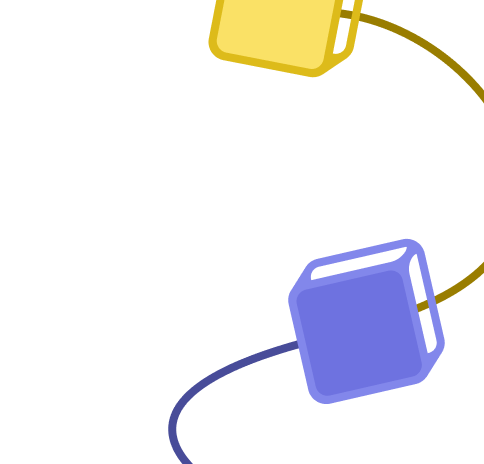


Webhook and Microsoft Outlook integration
Save yourself the work of writing custom integrations for Webhook and Microsoft Outlook and use n8n instead. Build adaptable and scalable Development, Core Nodes, Communication, and HITL workflows that work with your technology stack. All within a building experience you will love.
How to connect Webhook and Microsoft Outlook
- Step 1: Create a new workflow
- Step 2: Add and configure nodes
- Step 3: Connect
- Step 4: Customize and extend your integration
- Step 5: Test and activate your workflow
Step 1: Create a new workflow and add the first step
In n8n, click the "Add workflow" button in the Workflows tab to create a new workflow. Add the starting point – a trigger on when your workflow should run: an app event, a schedule, a webhook call, another workflow, an AI chat, or a manual trigger. Sometimes, the HTTP Request node might already serve as your starting point.
Step 2: Add and configure Webhook and Microsoft Outlook nodes
You can find Webhook and Microsoft Outlook in the nodes panel. Drag them onto your workflow canvas, selecting their actions. Click each node, choose a credential, and authenticate to grant n8n access. Configure Webhook and Microsoft Outlook nodes one by one: input data on the left, parameters in the middle, and output data on the right.
Step 3: Connect Webhook and Microsoft Outlook
A connection establishes a link between Webhook and Microsoft Outlook (or vice versa) to route data through the workflow. Data flows from the output of one node to the input of another. You can have single or multiple connections for each node.
Step 4: Customize and extend your Webhook and Microsoft Outlook integration
Use n8n's core nodes such as If, Split Out, Merge, and others to transform and manipulate data. Write custom JavaScript or Python in the Code node and run it as a step in your workflow. Connect Webhook and Microsoft Outlook with any of n8n’s 1000+ integrations, and incorporate advanced AI logic into your workflows.
Step 5: Test and activate your Webhook and Microsoft Outlook workflow
Save and run the workflow to see if everything works as expected. Based on your configuration, data should flow from Webhook to Microsoft Outlook or vice versa. Easily debug your workflow: you can check past executions to isolate and fix the mistake. Once you've tested everything, make sure to save your workflow and activate it.
Popular Webhook and Microsoft Outlook workflows
AI-Driven Lead Management and Inquiry Automation with ERPNext & n8n
AI-Powered Candidate Shortlisting Automation for ERPNext
Analyze Email Headers for IP Reputation and Spoofing Detection - Outlook
Build your own Webhook and Microsoft Outlook integration
Create custom Webhook and Microsoft Outlook workflows by choosing triggers and actions. Nodes come with global operations and settings, as well as app-specific parameters that can be configured. You can also use the HTTP Request node to query data from any app or service with a REST API.
Webhook and Microsoft Outlook integration details

Webhooks are automatic notifications that apps send when something occurs. They are sent to a certain URL, which is effectively the app's phone number or address, and contain a message or payload. Polling is nearly never quicker than webhooks, and it takes less effort from you.
FAQs
Can Webhook connect with Microsoft Outlook?
Can I use Webhook’s API with n8n?
Can I use Microsoft Outlook’s API with n8n?
Is n8n secure for integrating Webhook and Microsoft Outlook?
How to get started with Webhook and Microsoft Outlook integration in n8n.io?
Need help setting up your Webhook and Microsoft Outlook integration?


Some webhooks not working

Webhook timeout after wait node

What happens if a webhook misses an event because the server was down?

Postman to N8N - Binary file upload and write to local FS
Looking to integrate Webhook and Microsoft Outlook in your company?
Why use n8n to integrate Webhook with Microsoft Outlook
Build complex workflows, really fast








